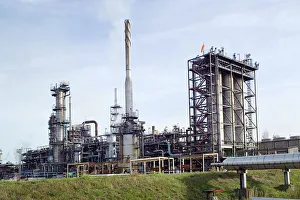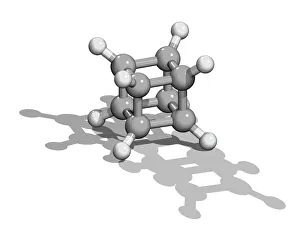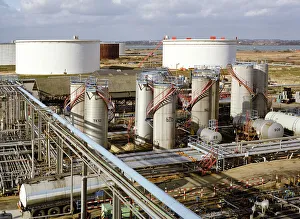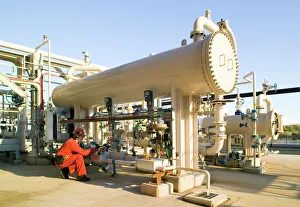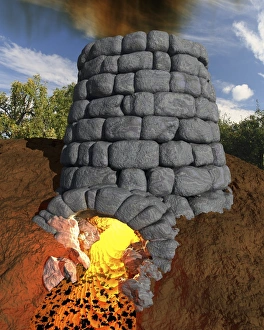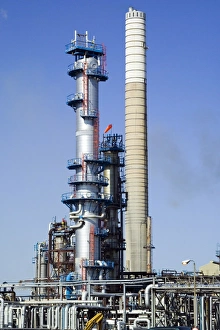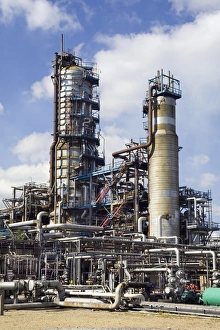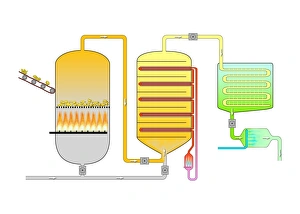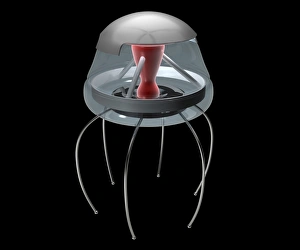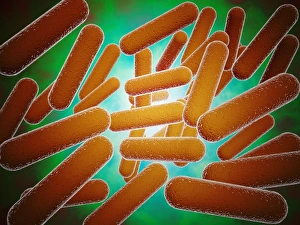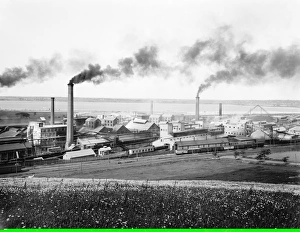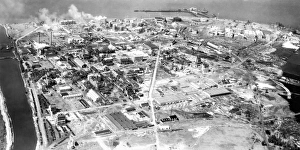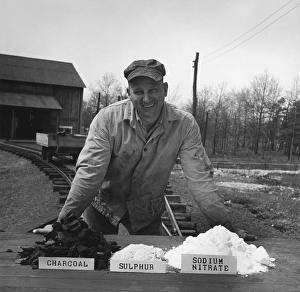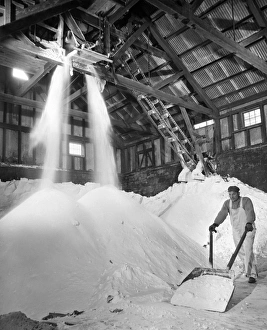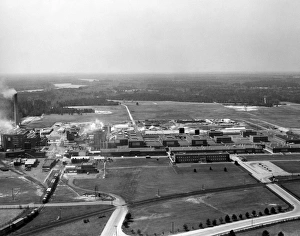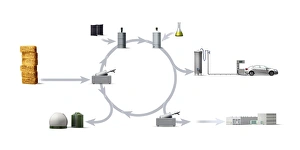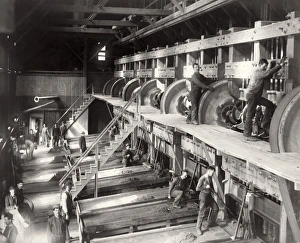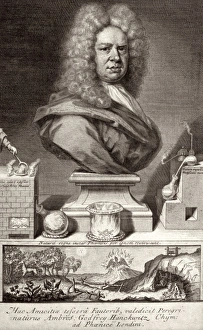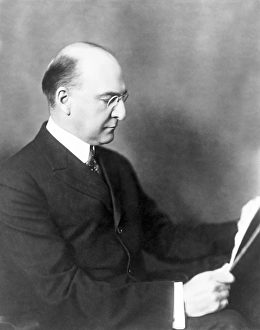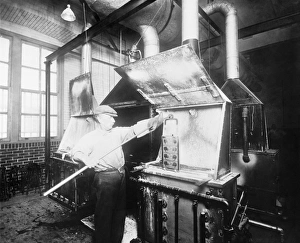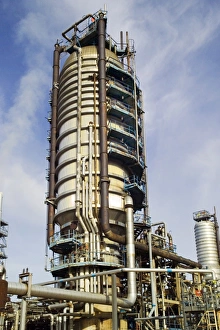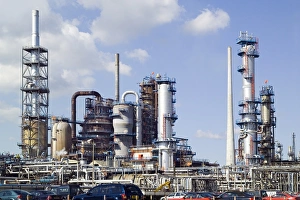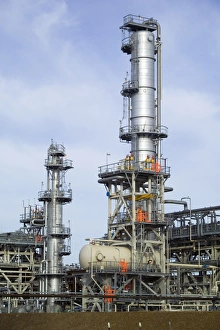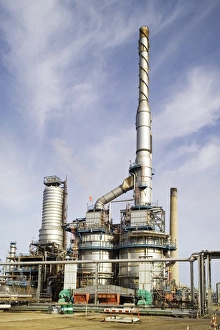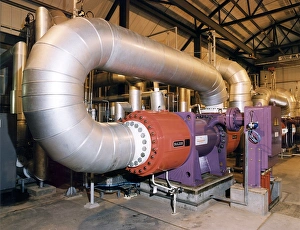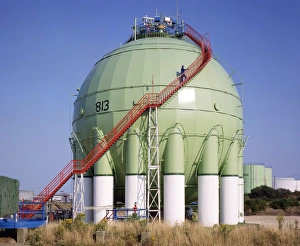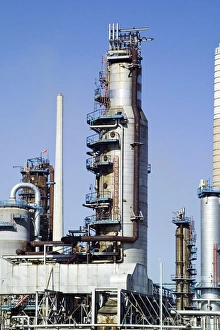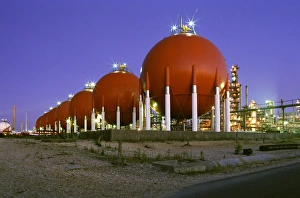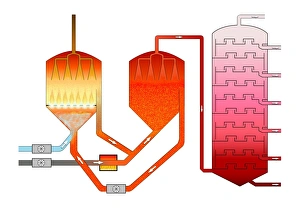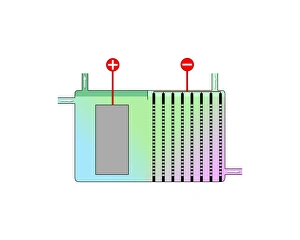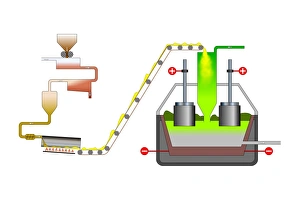Chemical Engineering Collection
Chemical Engineering: Unleashing the Power of Molecules Residfiner at an oil refinery: Where complex hydrocarbons meet ingenious engineering
All Professionally Made to Order for Quick Shipping
Chemical Engineering: Unleashing the Power of Molecules Residfiner at an oil refinery: Where complex hydrocarbons meet ingenious engineering, chemical engineers refine the future. Cubane molecule: Unlocking the secrets of molecular architecture, chemical engineers build a foundation for innovation. Chemical plant storage tanks: Safeguarding progress, these colossal vessels store the building blocks of countless industries. Oil refinery worker: With expertise and precision, chemical engineers orchestrate a symphony of reactions to fuel our world. Pipestills at an oil refinery: A labyrinthine network where crude oil transforms into valuable products under skilled chemical engineering hands. Nanobot illustration on black background: In the realm of miniaturization, chemical engineers pioneer nanotechnology's boundless potential. Conceptual image of a nanobot injecting a red blood cell: Merging biology and engineering, chemical engineers envision medical breakthroughs beyond imagination. Conceptual image of cellulose nanorods: Harnessing nature's strength through innovative materials design is just another day in the life of a chemical engineer. Medical nanobots in the bloodstream with red blood cells: Revolutionizing healthcare from within, these microscopic warriors hold promise for targeted treatments. Nanobots attacking a virus: Armed with precision and intelligence, chemically engineered nanobots wage war against diseases that once seemed insurmountable. Conceptual image of cellulose nanorods : From sustainable packaging to advanced electronics - cellulose-based wonders are shaping tomorrow's world thanks to visionary chemical engineers.

